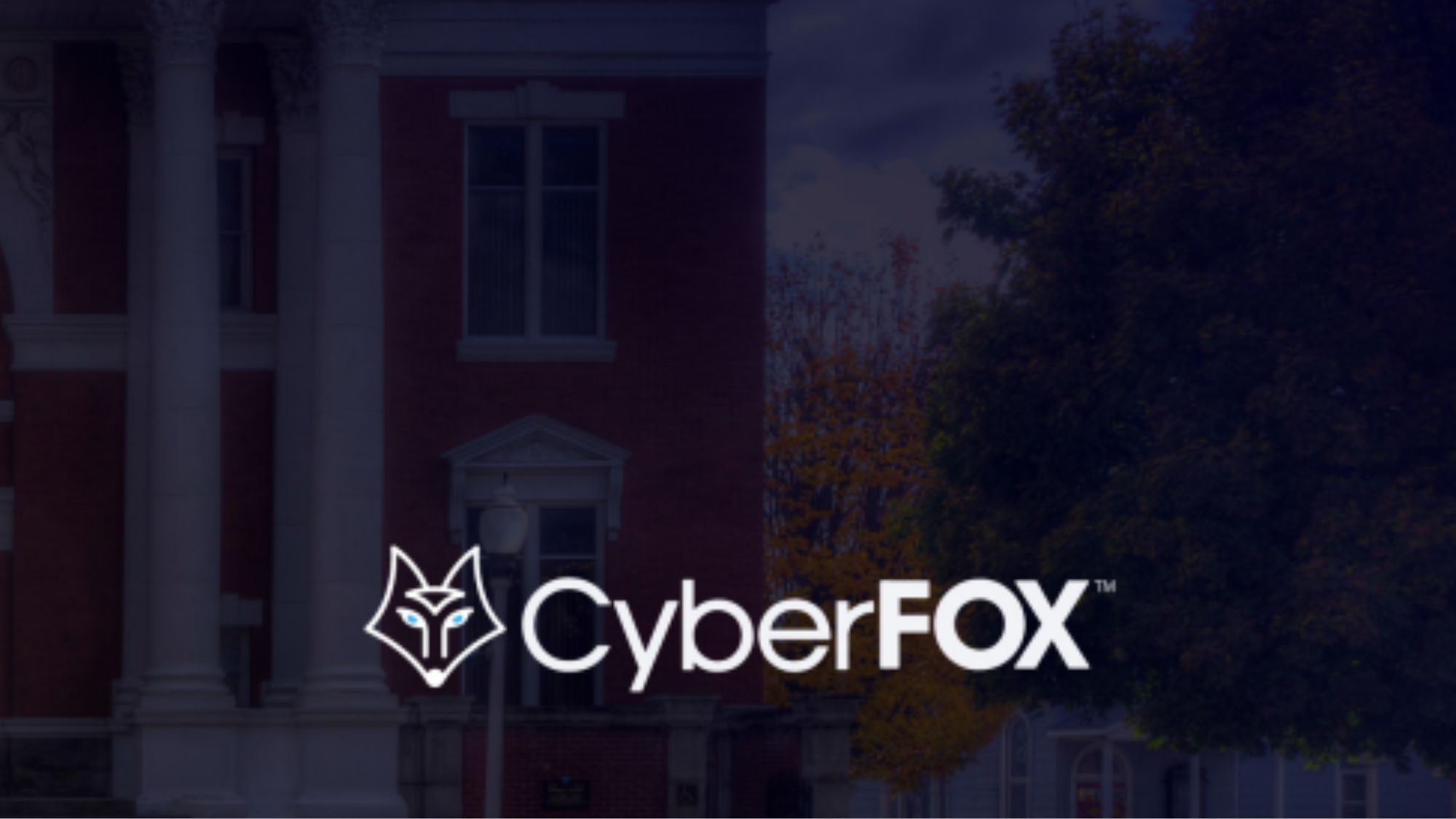Only 29% of IT workers plan to stay with their current employer
Gartner’s report stresses the importance of hybrid work policies in boosting customer engagement

Only 29% of IT workers plan to continue working for their current employers, by far the lowest score of any corporate job role, according to a new survey by Gartner.
The figure, which represents an average of global IT workers, is around 10% lower than that reported by non-IT workers.
When indiviudal regions are considered, the situation is far worse, with just 19.6% of IT staff in Asia planning to stay in their roles. This rises slightly in Australia and New Zealand (23.9%) and in Latin America (26.9%).
The trend has been linked to the introduction of unpopular policies that demand workers return to the office, as well as a lack of relative flexibility across IT departments when compared to the rest of the business, according to the report.
IT workers under 30 are two and a half times less likely to stay in their jobs than those over 50. A high likelihood of staying is only found among 19.9% of IT workers aged 18 to 29, as opposed to 48.1% of employees aged between 50 to 70.
Gartner says chief information officers (CIOs) are now facing mounting pressure to retain talent.
“While talent retention is a common C-level concern, CIOs are at the epicenter, with a huge chunk of their workforce at risk,” said Graham Waller, vice president and analyst at Gartner.
Get the ITPro daily newsletter
Sign up today and you will receive a free copy of our Future Focus 2025 report - the leading guidance on AI, cybersecurity and other IT challenges as per 700+ senior executives
“We’ve heard of IT organizations implementing back-to-the-office policies only to face mass resignations and have to reverse course. CIOs may need to advocate for more flexibility in work design than the rest of the enterprise, as IT employees are more likely to leave, in greater demand and more adept at remote working than most other employees.”
RELATED RESOURCE

Building data-driven government with the Microsoft Power Platform
How to break down data silos and reap valuable data insights
A data-driven approach can help CIOs identify which workers are most at risk and tailor hybrid work policies accordingly. Gartner advises CIOs to develop human-centric work models to attract talent and improve business outcomes.
Flexible working hours, asynchronous and synchronous collaboration tools, and remote working options are among Gartner’s recommendations for promoting employee engagement.
“CIOs who adopt a human-centric work design will out-hire, out-retain and out-perform those that revert back to industrial-era work paradigms,” added Waller.
-
 Amazon staff reportedly launch campaign to reverse 'shock' worldwide return to office plans
Amazon staff reportedly launch campaign to reverse 'shock' worldwide return to office plansNews An internal petition calls for CEO Andy Jassy to roll back planned requirements for corporate staff to return on a three-day basis
By Rory Bathgate
-
 Protecting CIOs' IT budgets is "paramount" in maintaining business growth
Protecting CIOs' IT budgets is "paramount" in maintaining business growthNews If CIOs are forced to make emergency budget cuts, they should also explain the risks to high level stakeholders so the responsibility is shared
By Zach Marzouk
-
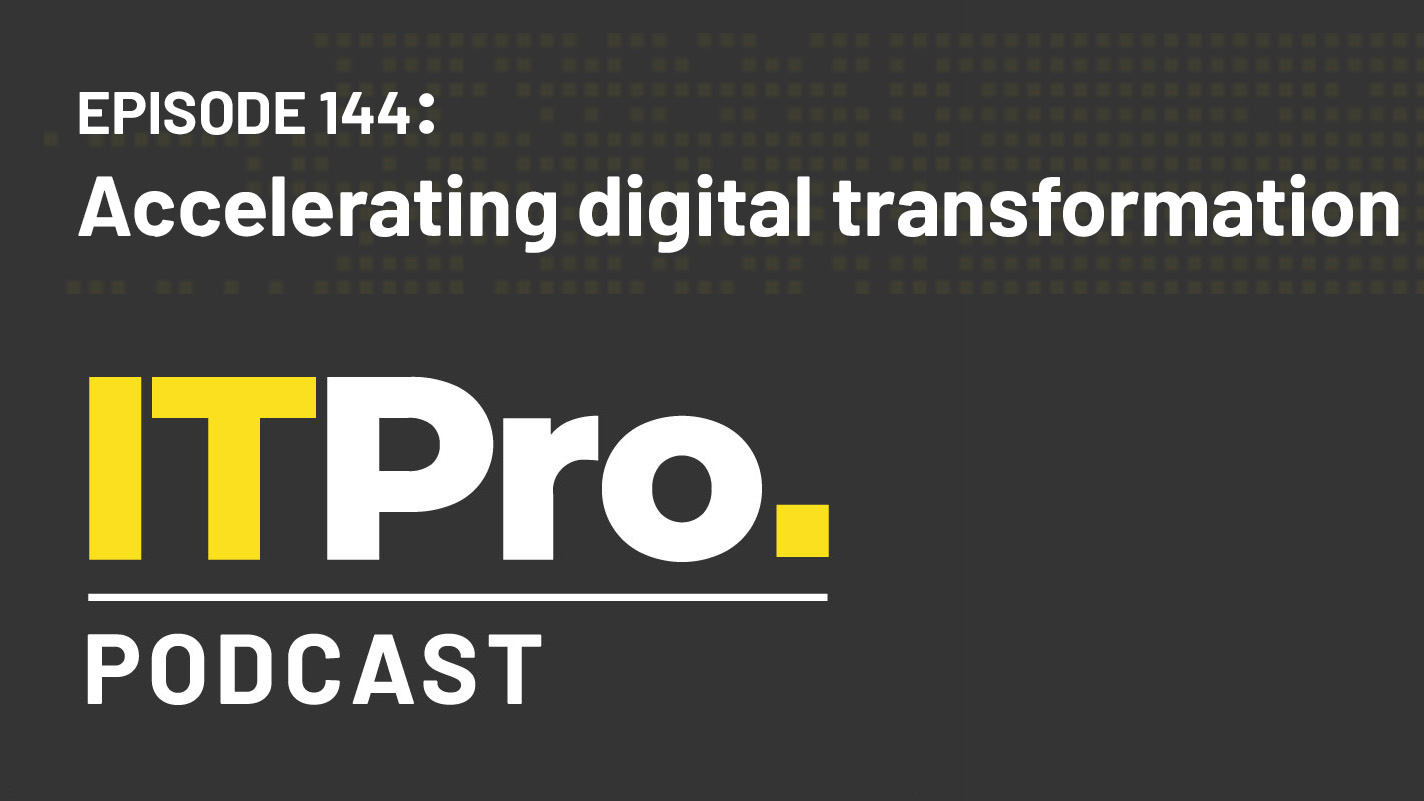 The IT Pro Podcast: Accelerating digital transformation
The IT Pro Podcast: Accelerating digital transformationIT Pro Podcast Implementation is just as important as the value of change
By IT Pro
-
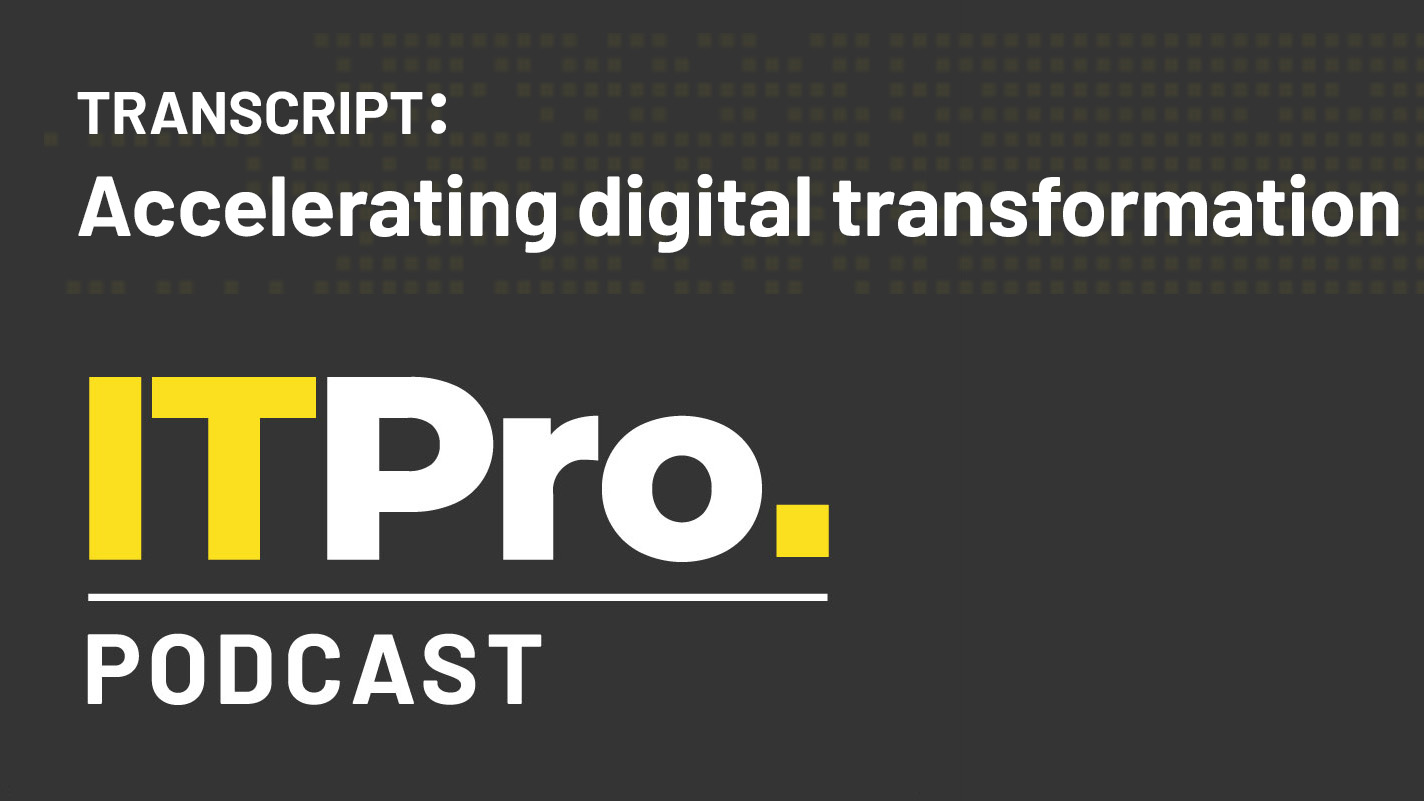 Podcast transcript: Accelerating digital transformation
Podcast transcript: Accelerating digital transformationIT Pro Podcast Read the full transcript for this episode of the IT Pro Podcast
By IT Pro
-
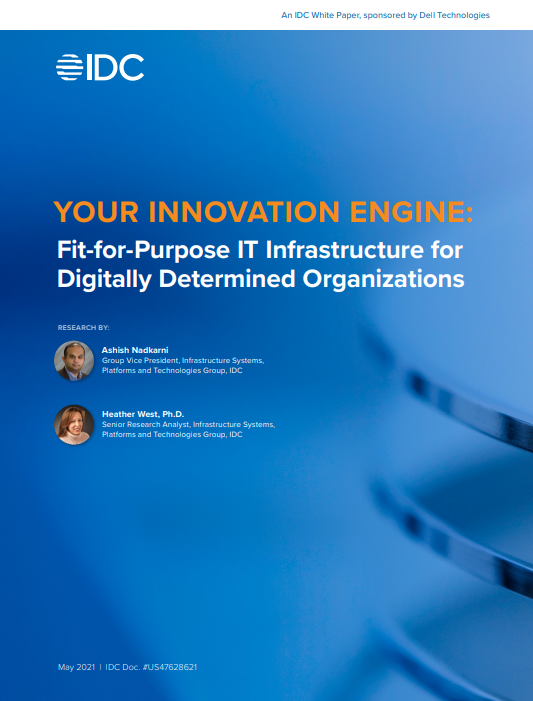 Fit-for-purpose IT infrastructure for digitally determined organisations
Fit-for-purpose IT infrastructure for digitally determined organisationsWhitepaper Your innovation engine: Guiding organisations through change in the new digital economy
By ITPro
-
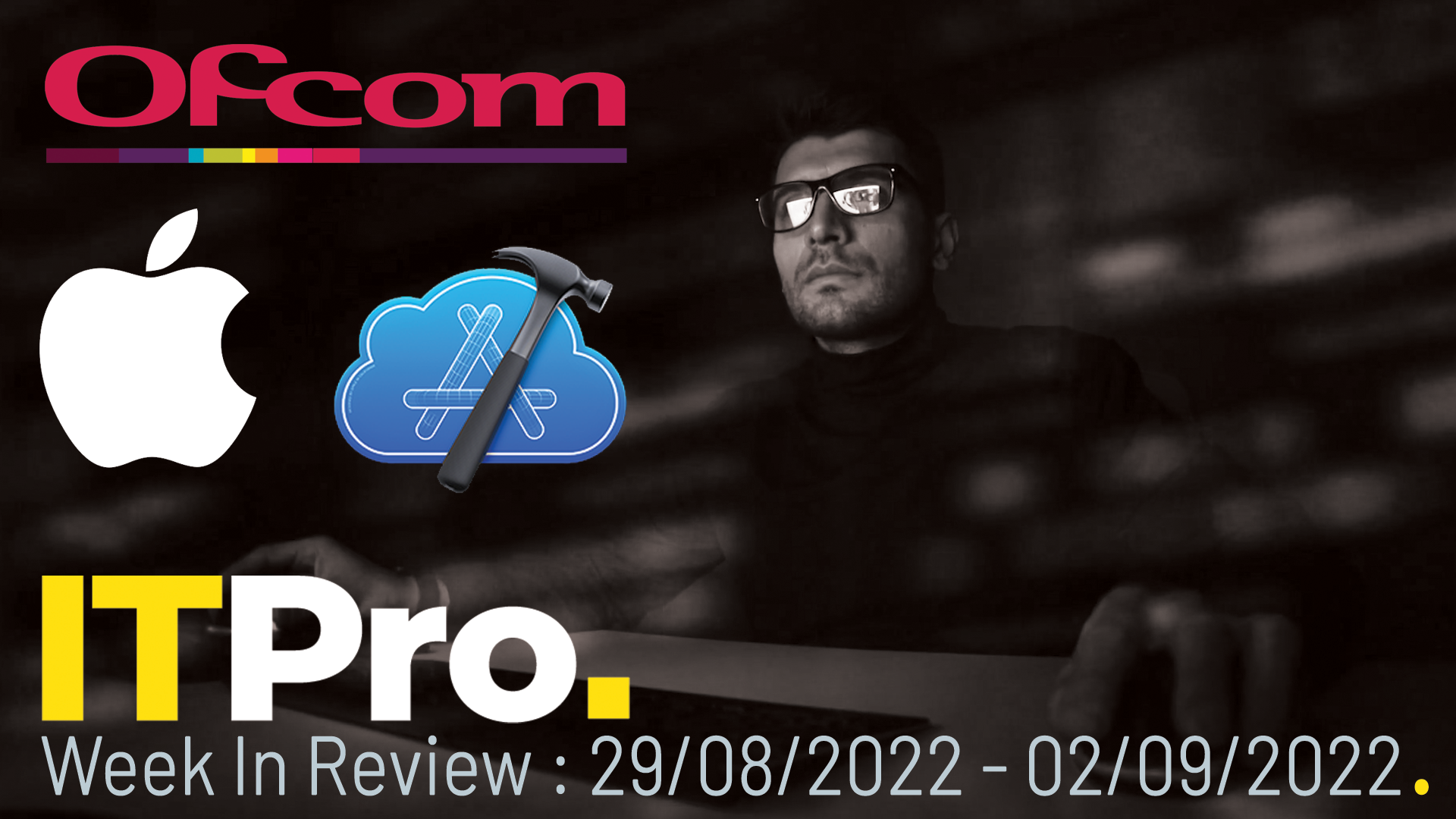 IT Pro News in Review: CIOs face a challenge, Ofcom's telecom fines, Apple expands Xcode
IT Pro News in Review: CIOs face a challenge, Ofcom's telecom fines, Apple expands XcodeVideo Catch up on the biggest headlines of the week in just two minutes
By IT Pro
-
 Tech industry sees large job posting decline, but office demand remains consistent - VTS
Tech industry sees large job posting decline, but office demand remains consistent - VTSNews Slight cooling of the job market does not appear to have impacted demand for office space, company finds
By Daniel Todd
-
 CIO role has 'drastically changed' over last 24 months, says Lenovo
CIO role has 'drastically changed' over last 24 months, says LenovoNews Globally survey suggests chief information officers have greater influence over their company now the role has expanded beyond technology
By Bobby Hellard

